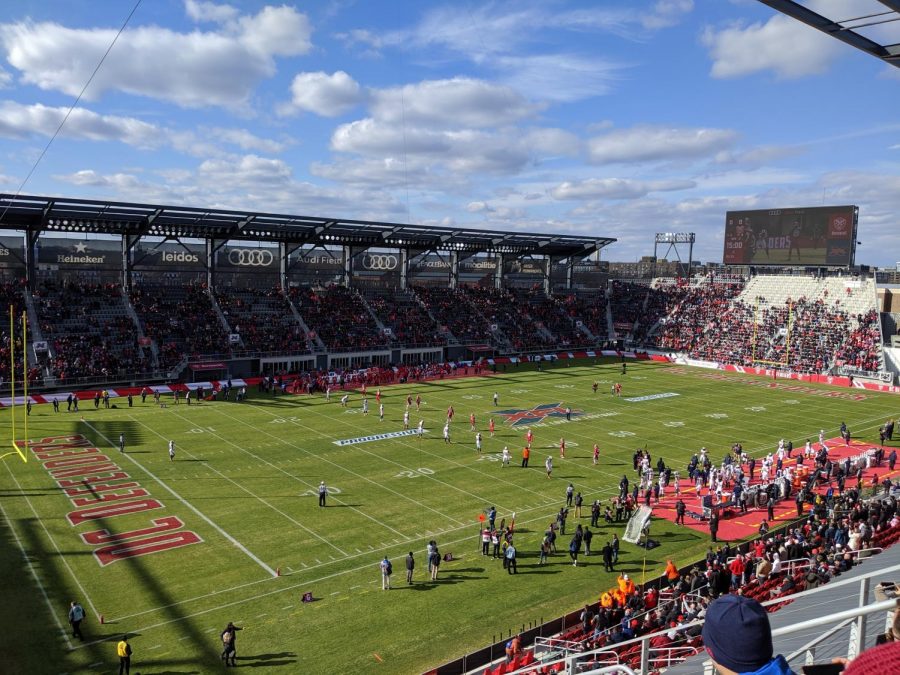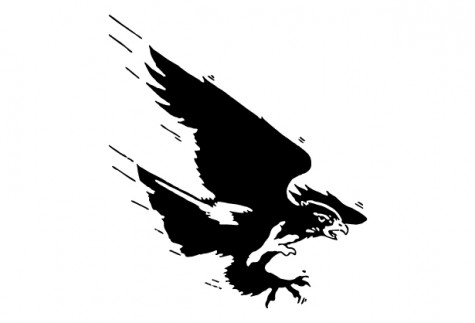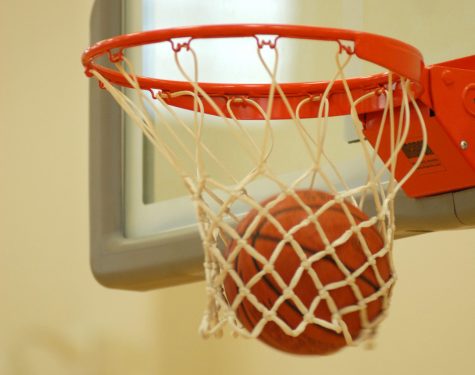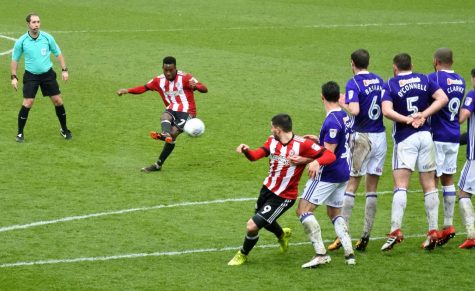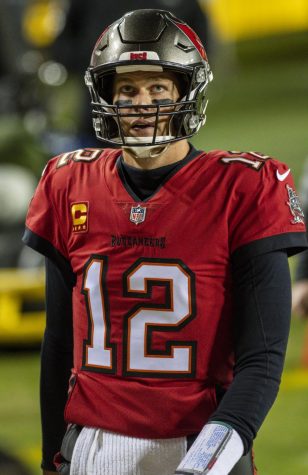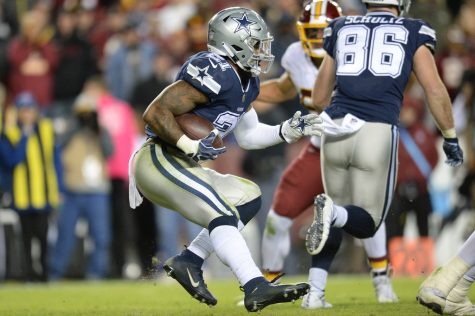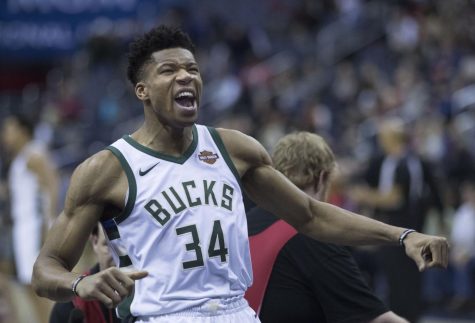The XFL
Photo Credit: Patriarca12 on Wikimedia Commons through CC Search
April 3, 2020
America has viewed football as one of its favorite past times since the creation of the sport. Interestingly enough, this industry has only held one true market: the National Football League. Having just celebrated 100 successful seasons, the NFL has firmly established itself and made the idea of starting another football league laughable. However, that certainly hasn’t stopped others from trying. The latest contender carries an aura of past notoriety with its brand: the XFL
The XFL, created by Vince McMahon, is no stranger to the industry. McMahon attempted to fuse football and wrestling, the two main sports industries at the time, into a league which embodied a violent, gladiator mentality. The rules of the XFL favored a fast-paced, arcade-like flow of the game with more opportunities to score. A one-on-one fumble recovery drill to receive the ball at the start of the game, deletion of the traditional extra point after a touchdown, and a shortened play clock all brought a breath of fresh air to the football world. Players were allowed to wear nicknames on the back of their jerseys and celebrate plays in obnoxious fashions to further electrify fans. The first week saw over 50 million views, but the following weeks showed rapid decline both in viewership and ratings. This was due to the fact that McMahon had miscalculated how much the fans would value the actual quality of play, which was abysmal. By the end of the season, McMahon and his associates lost 70 million dollars. However, the XFL wasn’t a total failure as it revolutionized broadcasting with its on-field cameras, sky cameras, and mid-game interviews, all of which the NFL employs today.
After an absence of 19 years, the XFL has finally returned to the industry ready to revive its brand. The eight teams competing this season are split into 2 divisions. The D.C. Defenders, St. Louis BattleHawks, New York Guardians, and Tampa Bay Vipers make up the East Division, while the Houston Roughnecks, Seattle Dragons, Dallas Renegades, and Los Angeles Wildcats make up the West Division. The teams’ rosters are made up of four tiers of players, each tier based on talent level. The first tier is designated for the franchise player, the second tier consists of 3 star players, the third tier consists of 23 role players, and the fourth tier consists of 18 filler players. Today’s XFL is much different from its 2001 stint, and the violent characteristics of the previous league have been omitted. The league now covers the players’ health insurance and abides by a strict player conduct policy.
In contrast however, the XFL neither tests for nor outlaws cannabis use, a topic of major controversy within the NFL. Some of these changes, paired with the “last chance” mentality the XFL offers, are enough to convince NFL rejects to give the league a chance. In addition to the overall goal of the league, the rules have also been given attention. The free-flowing aspect of the game remains at the forefront of the rulebook, as instant replay reviews are limited, penalties are reduced, and time runs continuously until the final two minutes of each half (during which the clock stops after each play). To create more big plays, the XFL has changed kickoffs by eliminating running starts, positioning the return and coverage teams 5 yards away from each other downfield, and allowing the returner to receive the ball without defensive pressure.
Underlying these reforms is the XFL’s biggest challenge: consistency. If Vince McMahon can generate enough viewership, capital, and national acclaim to last all 10 games and into the playoffs, the NFL might just have a real competitor for the first time ever.
